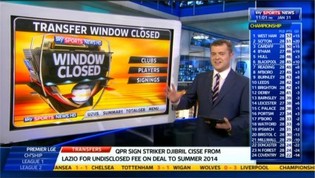
The proposals are radical, though probably seem even more so simply because football supporters, clubs, and players have become so used to transfers as a part of the game. This is despite the huge changes in player rights and transfer rules through the years - the most significant of which was the Bosman ruling enabling players to move clubs without a transfer fee after their contracts have expired.
The transfer system is a hang-over from the way football organised itself through the nineteenth and early twentieth centuries, when club owners retained huge power and players were badly paid and treated. This has meant that there is persistence in seeing football players as assets of clubs, which have come about through investment in player training and coaching. However, this would be a very peculiar view to take of players and would be inconsistent with every other industry, who also train staff and invest in them; and we would think it odd if a IT company sought a transfer fee for one of its workers moving to a competitor. (Of course firms will always say that their greatest asset is their people - best not to go there).
The existence of a transfer fee system limits the movement of players from employer to employer and requires a form of "ownership" of players, creating very highly payed slaves. It is difficult to see how the European Commission can rule that the football industry should be treated differently to all others and decide that the transfer system should be retained. It should be noted that Fifpro does not object to contracts for players (similarly to other industries) and that players would be required to honour contracts. However, it is presumed players can buy themselves out of contracts and clubs can end contracts by paying up the remainder of the money due under the contract. This is the case currently with managers.
So, what will be the impact of the removal of transfers? Stefan Kesenne of the University of Antwerp presented on this topic at the recent European Sports Economics Association conference in Zurich. The paper does not seem to be online but a similar presentation is available here. Prof Kesenne makes a very strong argument for the abolition of transfer fees. He recognises however that there may be implications for smaller clubs who invest in player coaching only for those players to move on to bigger clubs, who would act to hoover up top talent. This may not be dissimilar to the current situation of course, but the smaller clubs would lose out on the 'compensation' of a transfer fee. This may result in clubs under-investing or not investing at all in player development.
Prof Kesenne's solution is a Training Compensation Fund, where all clubs pay in an amount in proportion to their turnover and each club is paid from the fund based on the quantity and quality of their coaching schemes - irrespective of whether the player stays or leaves the club. This is a radical and potentially very positive proposal. There are some difficulties that I can see with such an approach, but these may be surmountable. The fund is managed on a league by league basis, but there are increasingly player movements between countries - so such a fund would need an international dimension. Also, it generates a strategic game (just like the current system does in a different way) in that it creates a known amount that a club must pay for player development e.g. 10% or 20% of their budget. Larger clubs could decide to forego this amount and not invest in player development, instead sitting back and taking the best talent from the other clubs' schemes. The method of assessing quantity and quality of player development at each club would be problematic, and this is an essential element of the fund to make it worthwhile for smaller clubs to invest.
The paper prompted me to think of other alternatives to a transfer system that would still incentivise clubs to invest in player training. This is a problem in all industries of course where staff training may make employees attractive to other companies who then hire them away. Research and development involves a similar type of approach to player development in football. Some players will be successful and some will not - just as some R&D will result in new products and some will not. In the absence of some way of appropriating the returns to R&D, businesses will under-invest in knowledge production because competitors could simply imitate without incurring the fixed cost of generating the knowledge. To overcome this problem, there are patents which provide a monopoly right to use a piece of knowledge for a specified period, after which it becomes freely available. Perhaps a similar solution is possible for football talent, where a club that develops a young player is granted a right to a royalty for a specified period of time (though the problem of identifying which club should hold such a right may be difficult where a player moves clubs at a young age). So, in this case a club would be entitled to a fee - linked to the player's wage level and perhaps payable by the player himself - for a period of 5 years. This would incentivise clubs to invest in developing young players and making them as good as they can be to maximise the value of their investment.
There is little doubt that transfer fees are unlikely to persist in the medium-term. Innovative solutions will be needed to avoid a situation where football becomes even more polarised between elite and other clubs.
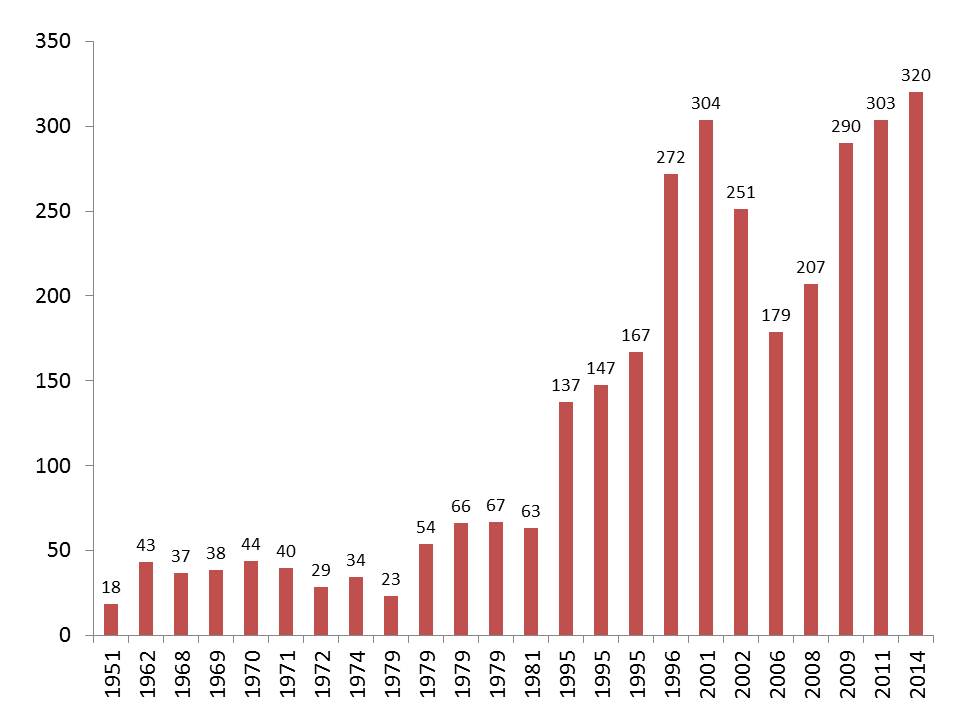
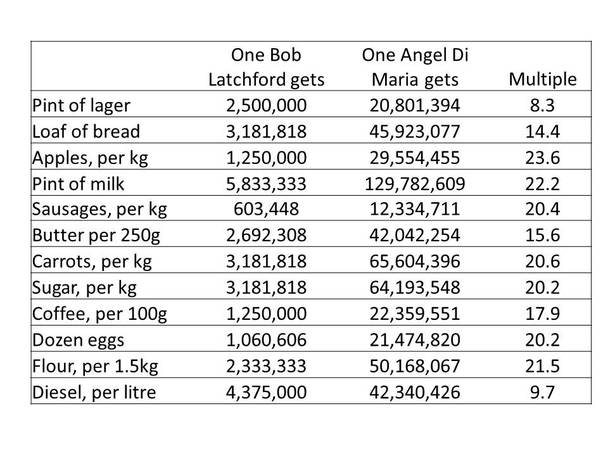
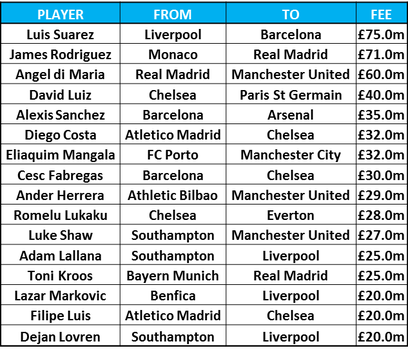
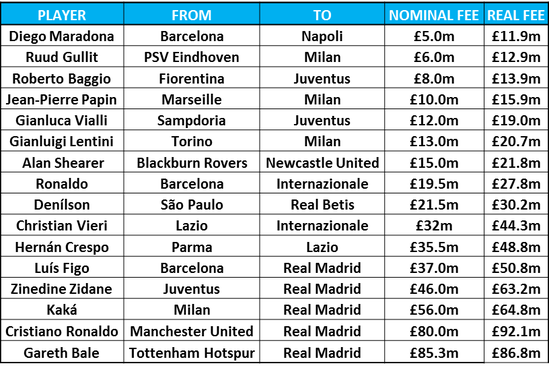
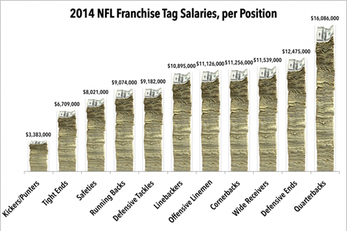
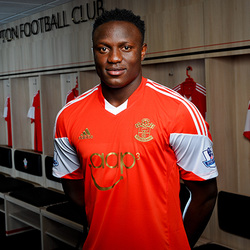
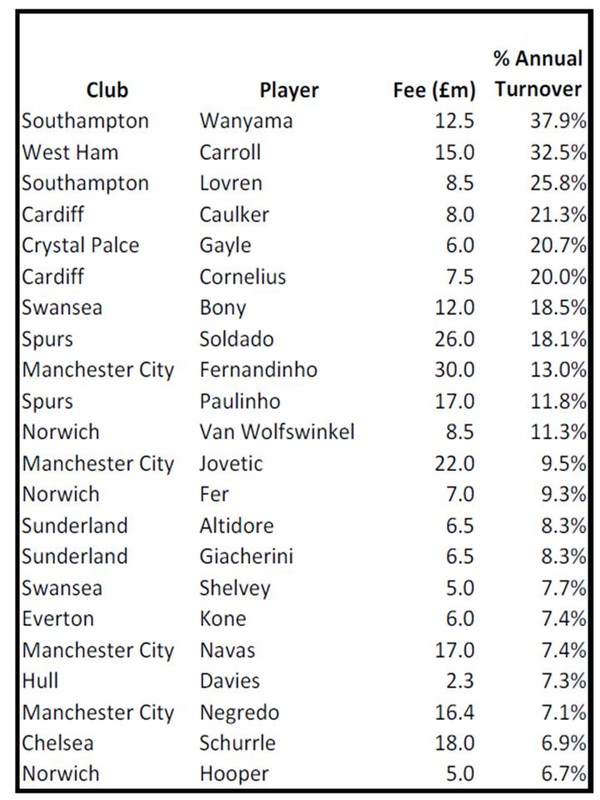
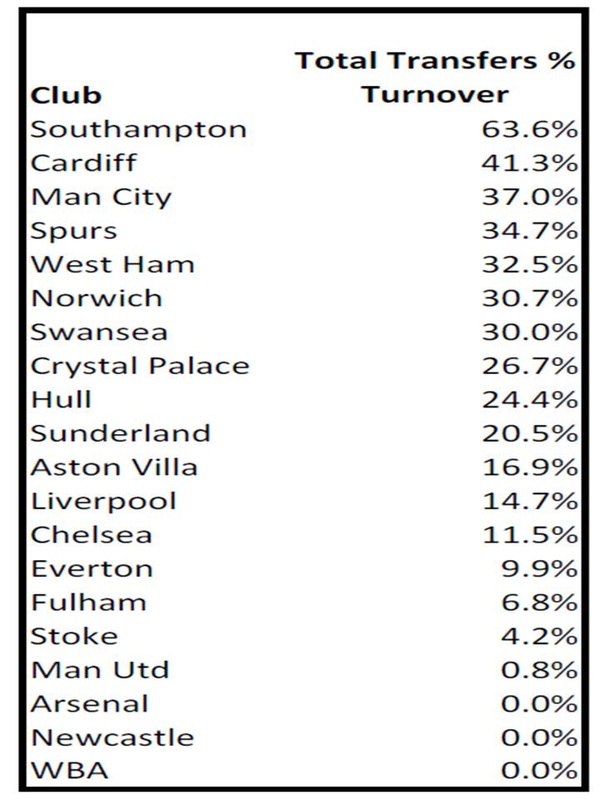
 RSS Feed
RSS Feed